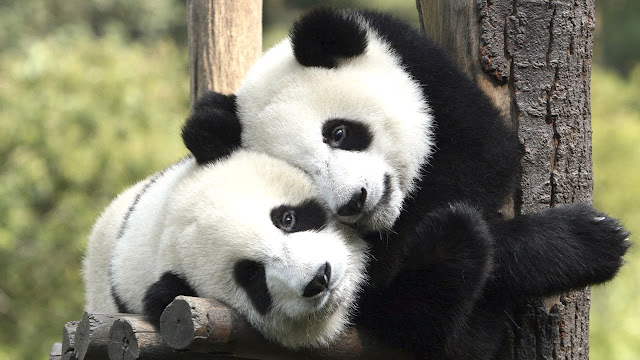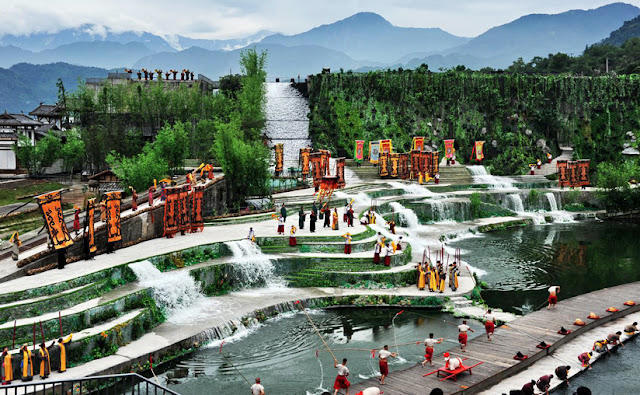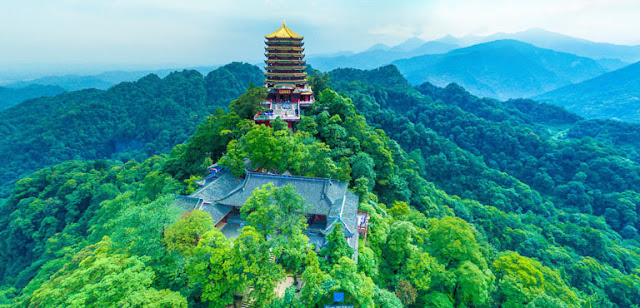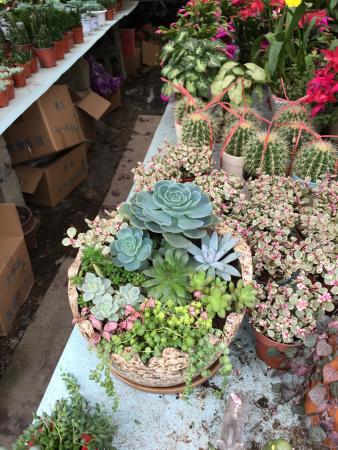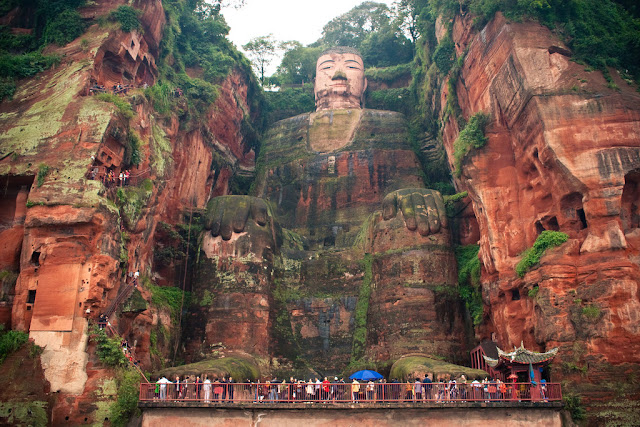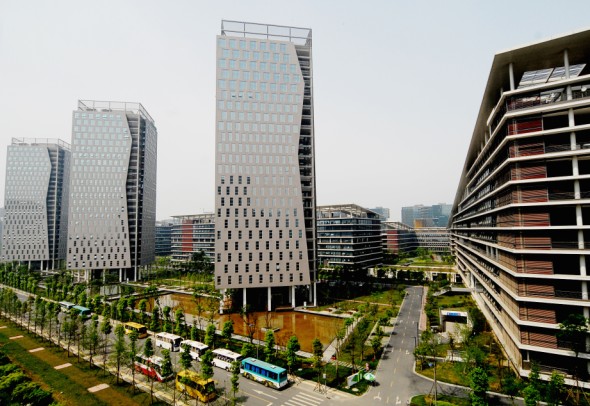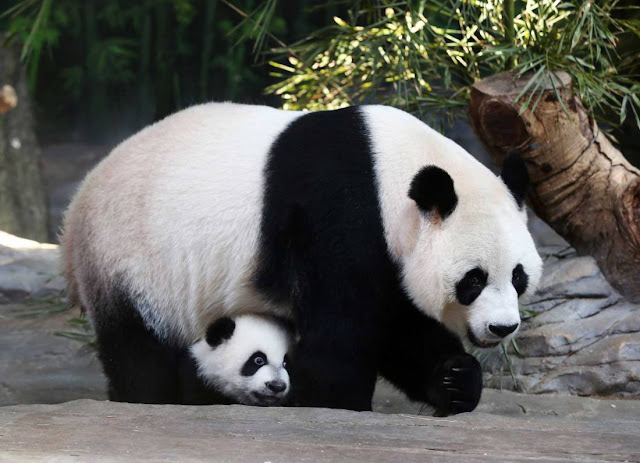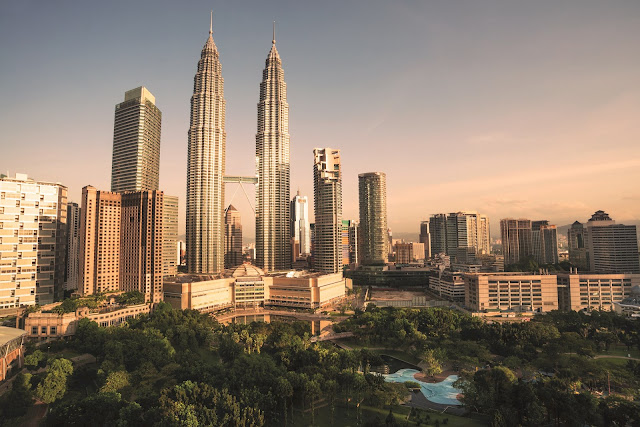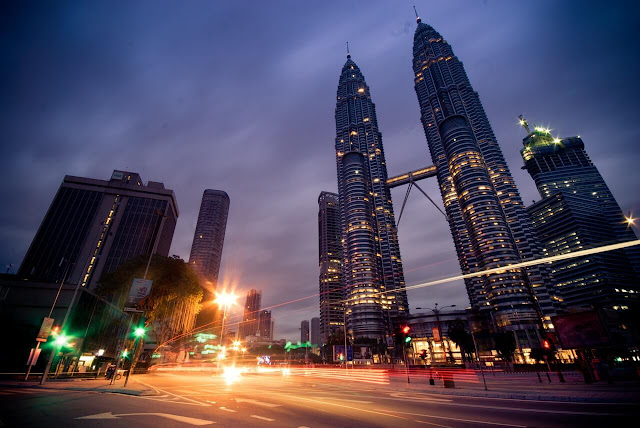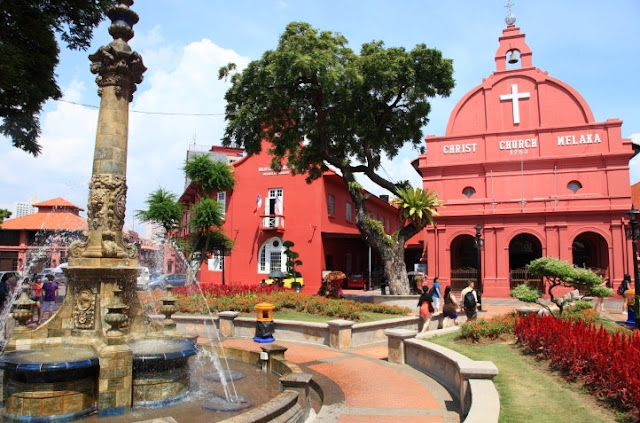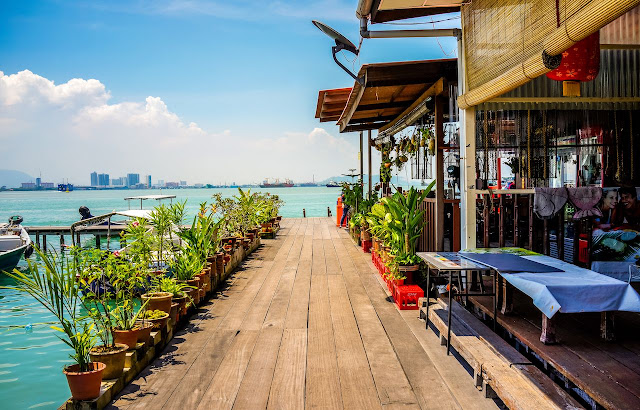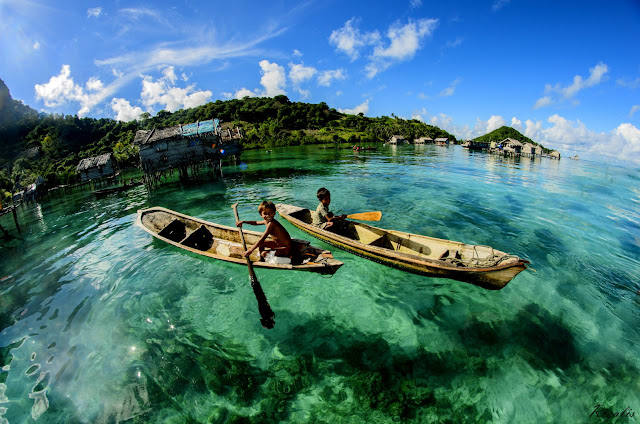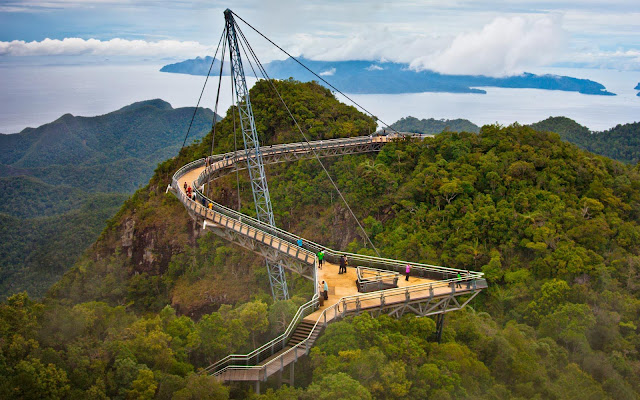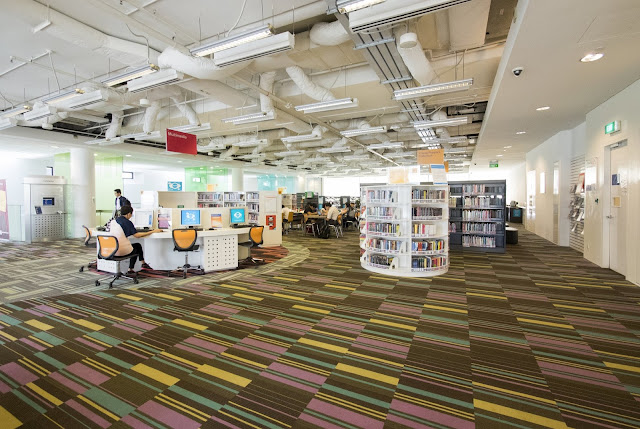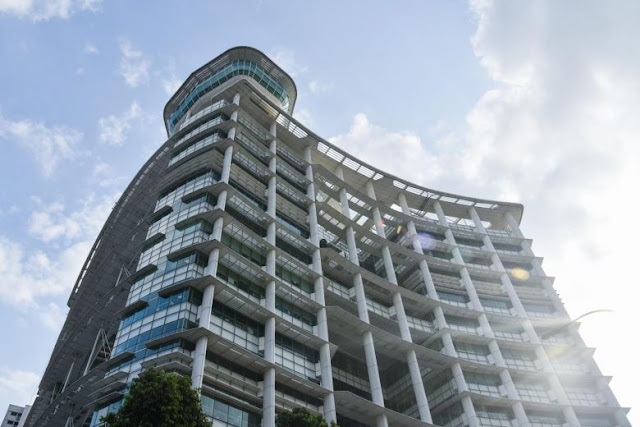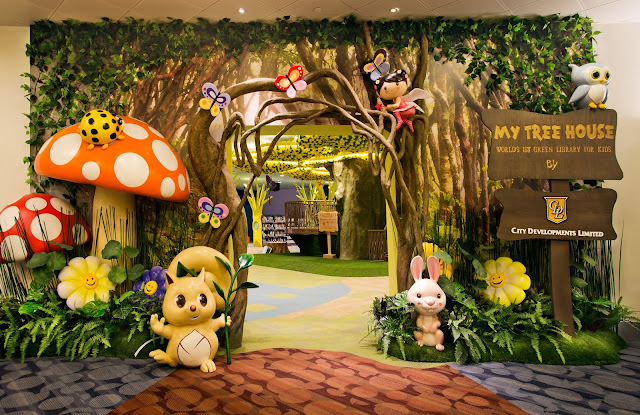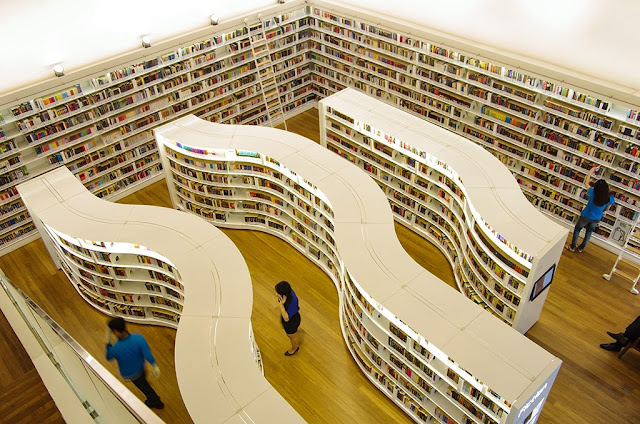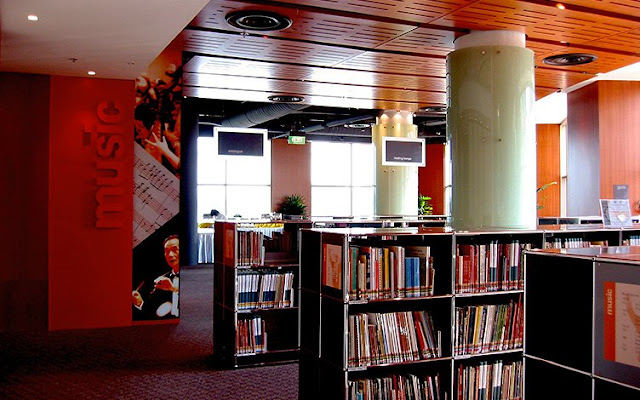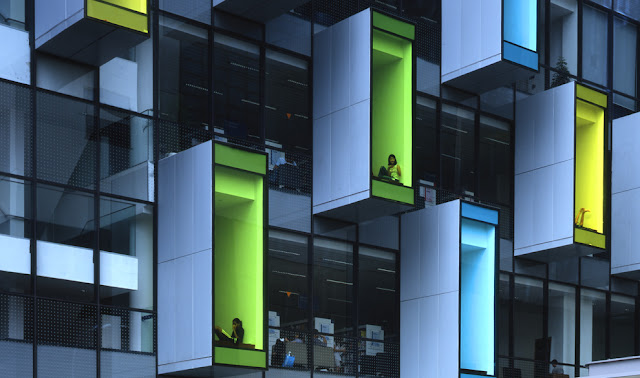Dujiang Yan
This irrigation project, constructed over 2,000 years ago, is one of the world’s cultural heritage sites recognized by UNESCO. Amazingly, despite its age the Dujiang Yan irrigation system continues to benefit over 40 neighboring counties in Sichuan province. It is the oldest no-dam irrigation system in the world and something of an engineering miracle. As it turns out, China has a historic knack for designing and implementing engineering marvels.Mount Qingcheng
Located near Dujiang Yan, Mount Qingcheng is one of the most important Taoist sites in the world. The mountain range has 36 peaks, and in Taoist mythology it is the site of the Yellow Emperor’s studies with Ning Fengzi (this sounds obscure but all Chinese know it). Due to its rich Taoist history, the mountain is home to dozens of temples, although many were destroyed in the 2008 Sichuan earthquake. This mountain has been the subject of countless Chinese poets and philosophers, who have called it “The most peaceful and secluded mountain under heaven”. It’s a peaceful getaway.Flower Town
Located on the Eastern edge of Chengdu, Flower Town (called Sanshenxiang in Chinese) is mostly a weekend destination for Chengdu residents. As the name suggests, Flower Town is famous for being dotted with flower-filled nurseries. If you go on weekends when the weather is nice, expect large crowds. This is a great place to sip tea, take walks, and smell the flowers.Leshan Giant Buddha
This colossal stone statue of Maitreya has been a UNESCO heritage site since 1996. Standing an incredible 70 meters tall, you will feel like an ant when you’re standing next to this buddha carved out of the side of a mountain. Started in 713 AD by a Buddhist monk named Haitong, the carving of the statue continued for 90 years before it was completed in 803 AD. Today it remains the largest sculpture of Buddha on the planet and attracts pilgrims and tourists from near and far.High Tech Zone
If you want to see the most architecturally developed region of the city, it’s Chengdu’s High Tech Zone. What many don’t know about Chengdu is that although the city is designed with concentric circles emanating from Tianfu Square at the center, the city’s planners have another idea. They intend for the future center of the city to not be in the geographic center of the city, but in the south.One of the world’s largest software parks, the Tianfu Software Park to the south of Chengdu has around 50,000 people in it. The rows and rows of office buildings seem to go on forever. Although many of the buildings look very similar, you will see Chengdu’s most architecturally adventurous buildings here.
Giant Panda Research Base
The base itself is a large facility which will guide you through the panda’s natural living environment. It was designed to recreate the natural habitat as closely as possible, not just for the pandas themselves but for visitors as well.
See more: Top Sichuan street food to try in Chengdu, China
Source: Internet
